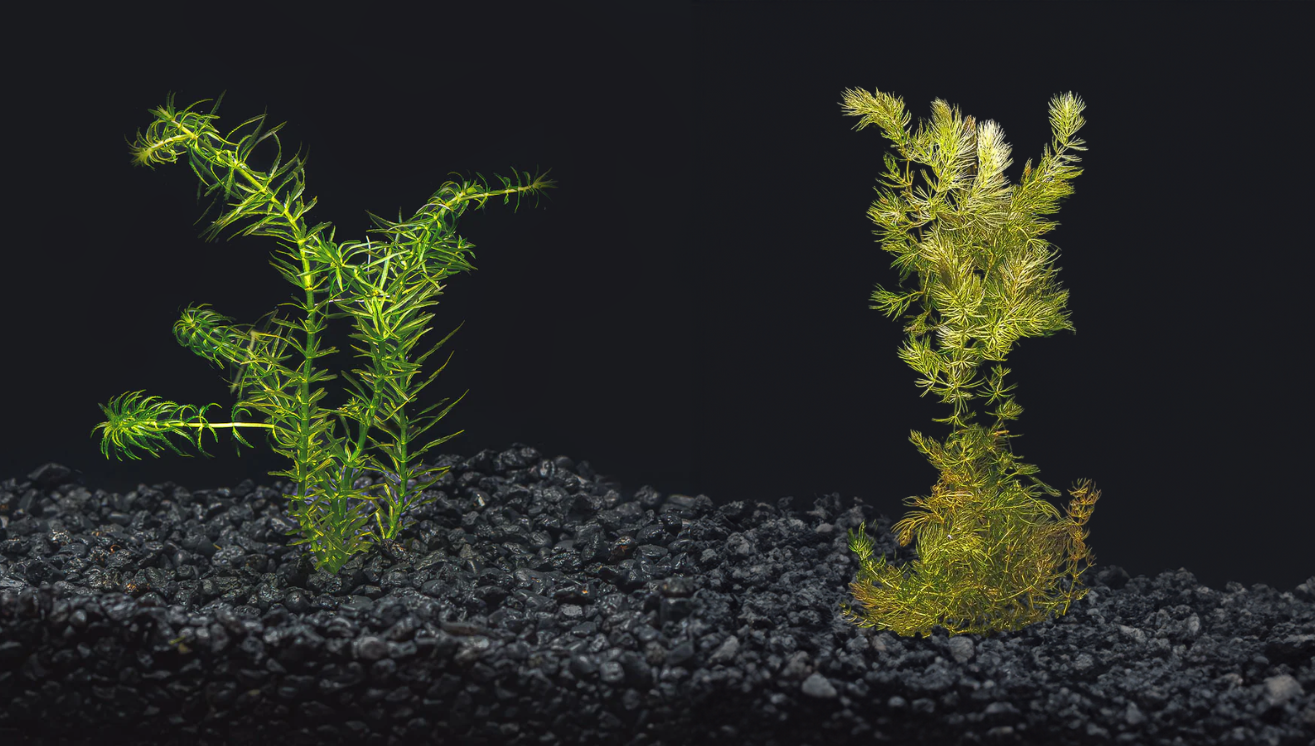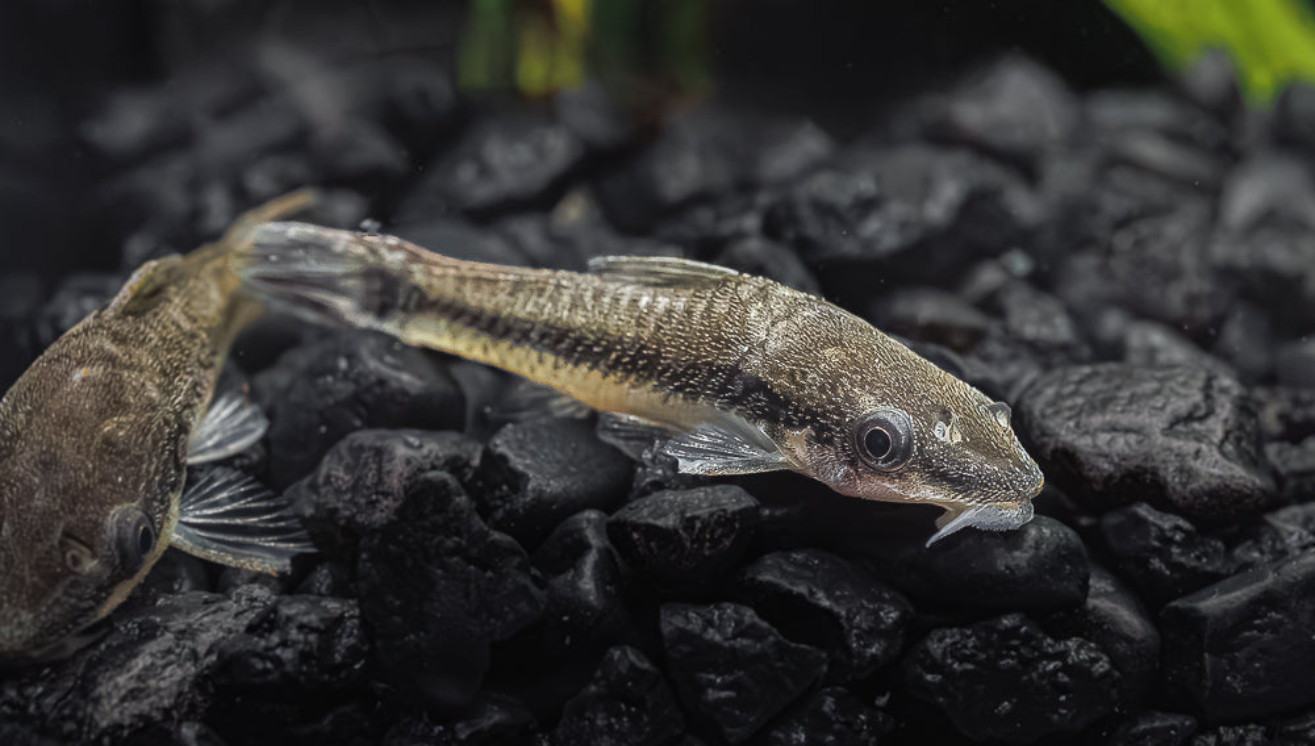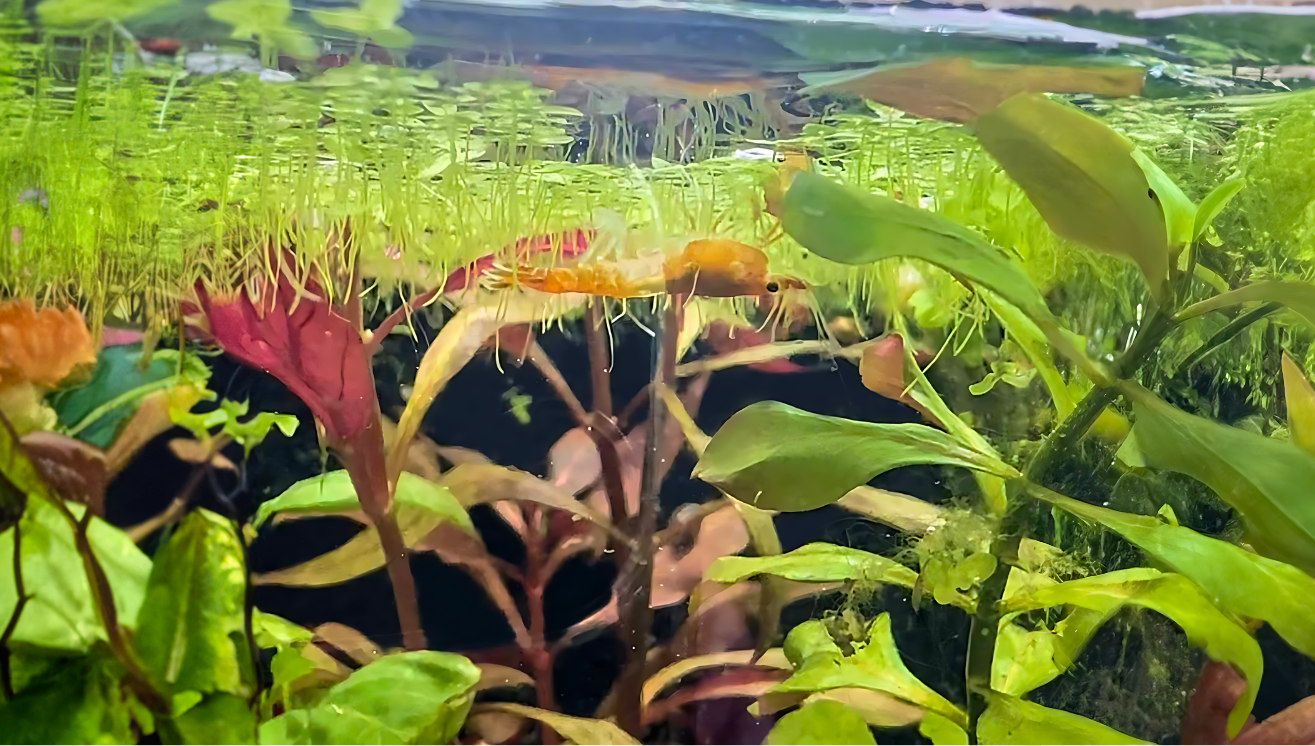Your Cart is Empty
🚚 Flat-Rate FedEx Priority Overnight — Just $26.99 (Limited-Time Special!) | FREE over $200
🚚 Flat-Rate FedEx Priority Overnight — Just $26.99 (Limited-Time Special!) | FREE over $200
🚚 Flat-Rate FedEx Priority Overnight — Just $26.99 (Limited-Time Special!) | FREE over $200
by Emily Dourm April 12, 2024 2 min read

Shrimp keeping is a rewarding hobby, but it comes with its challenges, particularly when you’re first beginning your journey and you’re trying to maintain optimal water parameters. The health and longevity of shrimp in your aquarium largely depend on the conditions they're kept in. Understanding and managing these parameters can make all the difference in ensuring the well-being of your aquatic pets. In this guide, we'll delve into the primary factors affecting shrimp health regarding water parameters.
One of the most common reasons for shrimp death is due to water parameters. Now there are four main parts to this, though:

Always check with whoever you’re receiving your shrimp from and ask them what parameters they keep their shrimp at. This way, you know the exact shrimp you’re getting will continue to thrive in the same parameters. You’ll want to try to match those parameters to the best of your ability.

It's important to know the type of shrimp that you have because that’s going to determine your whole setup. It may seem like all shrimp are similar other than their colors and patterns; however, they differ in a lot of ways. The first step is to determine if you have Neocaridina or Caridina shrimp. There are major parameter differences—Neos prefer harder water with a pH above 7, while Caridina often prefer softer water and have more specific requirements.
Shrimp soil isn’t always good for every type of shrimp. Neocaridina prefer harder water. We typically use Brightwell Shrimp Soil in our Caridina tanks, but it might not work for Neos because it keeps your pH below 7.
Buffering substrates like Brightwell are suitable for Caridina species but not recommended for Neocaridina. Neos require inert substrates that don’t influence pH or KH—things like pool-filtered sand, freshwater aquarium sand, or plain gravel.
We’re not saying that all tap water is bad—tap water can be inconsistent from place to place. Often, it’s treated for bacteria in ways that are fine for humans and most pets but not shrimp. The safest option is to use RO or distilled water and remineralize it with a shrimp-safe remineralizer.
As caretakers of these fascinating creatures, it's our responsibility to provide them with the best possible conditions for growth and longevity. Through diligent research, thoughtful selection of equipment, and regular monitoring, we can minimize the risks associated with water parameter fluctuations and foster a thriving aquatic ecosystem.
Remember, each shrimp species has its own set of requirements, and attention to detail is key to their well-being. By implementing the knowledge shared in this guide, shrimp enthusiasts can embark on a journey of discovery, enjoying the beauty and diversity of these captivating creatures while nurturing a vibrant aquatic habitat for generations to come.
Comments will be approved before showing up.

by Brooke Lees October 04, 2024 2 min read
Aquarium plants do much more than add beauty to a tank, they help maintain water quality and provide natural shelter for your aquatic pets. Among the many available options, Hornwort and Anacharis stand out for their versatility, ease of care, and benefits to aquarium ecosystems. Let’s dive deeper into the differences and similarities between these two popular plants.

by Brooke Lees September 20, 2024 2 min read

by Brooke Lees September 13, 2024 3 min read